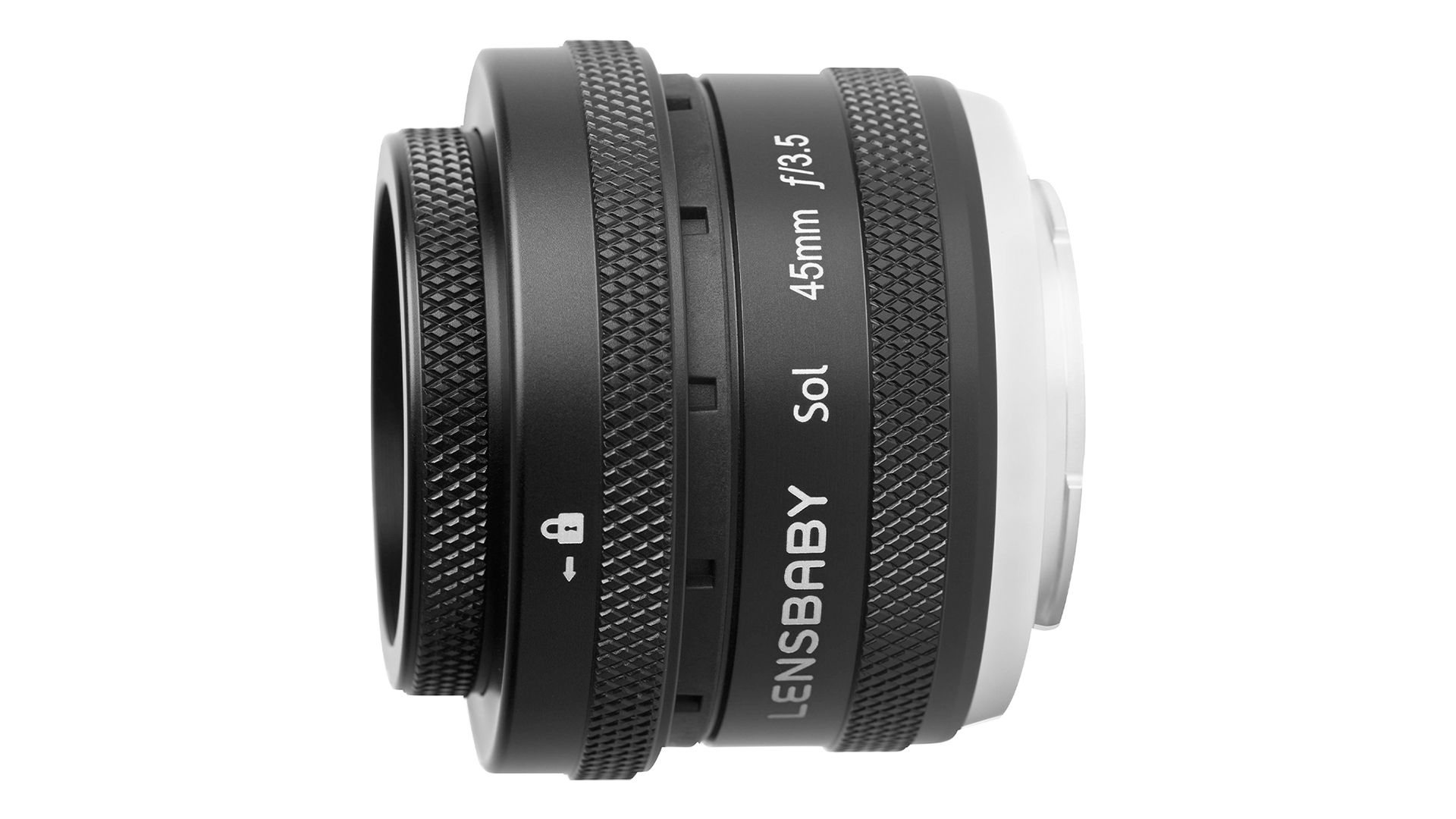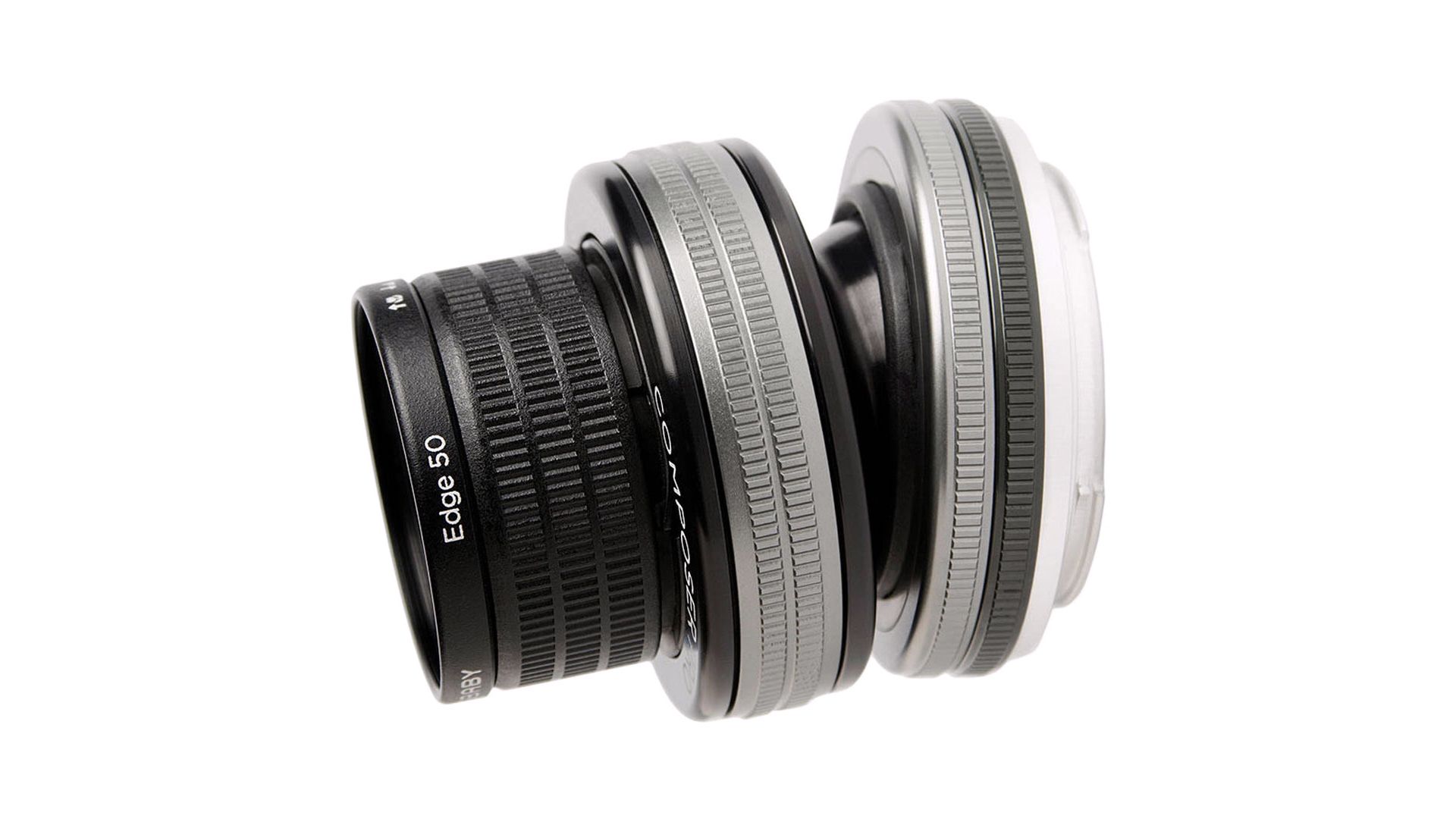What Is a Tilt Shift Lens?
Banner Photo © Laura M. Penley: View on Instagram
Perspective is one of the key elements in photography. It can make or break an image just as easily as focus, resolution and color.
Often the images we create with a traditional lens closely mimic the perspectives we see with our eyes.
Purposefully altering the perspective from “normal” presents an image with an entirely different feel. Sometimes, doing so is a creative choice. In other instances, it is desirable for other reasons, such as when shooting architectural photos.
This is where a tilt shift lens comes in handy.
How a Tilt Shift Lens Works
So what exactly is a tilt shift lens?
A tilt shift lens is designed to change the visual perspective from right inside the lens.
Normally, the camera’s sensor and the lens mechanism are parallel to each other and on the same plane.
A tilt shift lens allows you to change the position of the lens optics, which means that the lens mechanism and the camera sensor are no longer operating along the same plane. In doing so, you alter the plane of focus and depth of field.
There are two separate components to how tilt shift lenses work: tilt and shift.
The Tilt
When you tilt the lens, you change the plane of focus, which works off of what is known as the Scheimpflug Principle.
When the lens and sensor are parallel to one another, everything that is equidistant from the lens as the object you are focusing on is in sharp focus.
If you tilt the lens in one direction, you widen the plane of focus. In doing so, you have the option to bring everything in focus from the front to the back of the frame, even if you have the aperture set at its widest setting.
The Shift
The shift component effectively changes how a camera sees by widening the image circle of the traditional lens.
It achieves this by shifting the position of the lens optics compared to the camera sensor. In doing so, you simulate the effects of moving your entire camera to a different position.
Using a tilt shift lens allows you to eliminate converging lines, which is extremely useful in architectural photography. This feature is also helpful in creating panoramic images without the associated parallax error.
What Is a Tilt Shift Lens Used for?
A tilt shift lens can be used any time you want more control over your depth of field or focal plane. Some of the more popular uses for the lens include:
- Eliminating Converging Lines
- Altering Scale
- Creating Panoramas
- Aesthetics
How To Use a Tilt Shift Lens for Architecture
There are two primary applications for how to use tilt shift lenses in architecture.
The first of these is to get rid of those converging lines that occur whenever you try to take a photograph of a building from the street. Seldom is it possible to back far enough away from the structure to capture it without the converging line effect.
There is one thing that is very important to remember when you use the tilt shift lens this way, or you’ll end up with some disappointing results. You have to keep the camera level, while also pointing it straight at the building.
There is one other architectural photography application that is gaining quite a bit of popularity to do with the appearance of scale.
When you take a photo of an object, in this case, a building or collection of buildings, from an elevated height, point the camera down and the lens up.
This lets you create what looks like a miniaturised version of the object. It makes real objects look like toy or miniaturised versions of themselves.
Is a Tilt Shift Lens Worth It?
A tilt shift lens is a fantastic creative tool to add to your kit. If you use your camera a lot and enjoy greater creative control, this lens opens up a world of possibilities. Anyone who enjoys taking architectural images or stitching together shots for panoramas will find the tilt shift lens an indispensable addition to your camera bag.
The lens is also very useful in creating artistic effects for portrait photography that will make your images stand out from the rest.
Which Tilt Shift Lens To Buy?
When it comes to diving into the creative potential of a tilt shift lens, it helps to know which one is best for the job.
Below are three lenses that we really like, all of which are produced by Lensbaby

Lensbaby Sol 45 45mm f/3.5
The Lensbaby Sol 45 45mm f/3.5 Lens is a great introduction to the world of tilt shift lenses. It is an affordable lens that does not lack in performance.
It is a 45mm lens with a fixed aperture of f3.5. Its light weight makes it portable, and its small size won’t take up much space in your bag, which makes the decision to take it with you everywhere a no-brainer.
With the Sol 45, you can also have some fun experimenting with the outer bokeh blades for added subtle textures in your photos.

Lensbaby Composer Pro II with Edge 50 Optic
The Lensbaby Composer Pro II with Edge 50 Optic Lens is a professional-level lens for those who want to make the most of tilt shift shooting.
This lens is full-frame compatible and has an aperture range of f3.2 to f22, giving you a lot of control in lighting and depth of field.
It features a flat field optic that allows you to create a slice of focus, allows you to get as close as 8” from your subject and still retain sharp focus, and has tilting capabilities of between 0-15 degrees.

Lensbaby Composer Pro II with Sweet 35 Optic
With the Lensbaby Composer Pro II with Sweet 35 Optic, you get a full-frame compatible lens that produces images with a “sweet spot,” or an area of sharp focus that is surrounded by blur.
This lens is great for portraits and for creative focus in landscape photography. The aperture range on this lens is f2.5-f22, and its tilting range is 0-15 degrees.
If you are ready to purchase high-quality tilt shift lenses that are both affordable and functional, look no further than C.R. Kennedy.
C.R. Kennedy is one of Australia’s leading distributors of cameras and photographic equipment. We offer a wide range of DSLR, mirrorless, full-frame and action cameras.
If you need more information check out more articles on the C.R. Kennedy blog.
